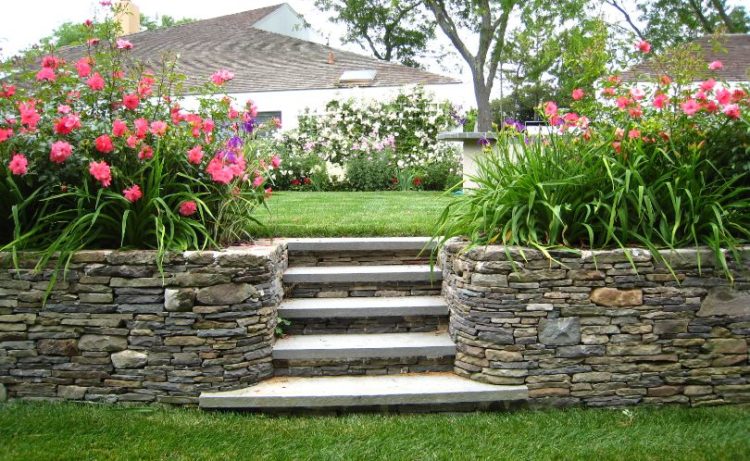10 Tips for the Best Home Garden
A home garden can reward you with beautiful, fragrant flowers or a bountiful vegetable, fruit, and herb harvest. No matter what you're growing, there are some essentials every garden needs. Sunshine, water, and good soil are the basic necessities, but if you really want to go the extra mile, you can coax your garden into producing prize-winning specimens with a little work and some gardening know-how.
1. Clean up, blow, and rake: Start the spring cleaning when the snow has melted and the soil has dried a bit. Rake or blow away layers of leaves that can lead to the grass moulding or decaying.
2. Clear away weeds: Get rid of any weeds as early as possible, before the sun gives them energy to start growing. Also, be sure to cut away withered leaves and grass from cultivated parts of the garden.
3. Loosen the soil: This makes it possible for the oxygen to reach the roots of the plants – and makes for a better-looking flowerbed. In smaller beds, hand tools do the trick to loosen the soil but if you're working with larger areas, a rotary cultivator is best.
4. Trim the hedges: A good-looking hedge starts with the initial cutting. Hedges with leaves should be trimmed during winter or early spring. Conifers are better trimmed during the growing period, one time in early spring and once in the middle of the summer.
5. Mow the lawn: Your grass needs time to recover after the winter. Remember not to cut it too short. With a grass level of 5-9 cm, you will have a fine, sustainable lawn.
6. Feed the soil: Use compost, composted manure, shredded leaves or seaweed as it replenishes and feeds soil by adding all types of life-giving organic material, microbes and nutrients. It’s the foundation of every successful garden.
7. Mulch between rows and keep the garden weeded to give emerging seedlings a fair chance. Mulch around your newly planted flowers, vegetables, shrubs, and trees to help reduce weeds and retain moisture.
8. Plant a herb garden. If you include mint, plant it in a large plastic tub (the kind drywall joint compound or birdseed comes in) with its bottom removed. This will help keep it from invading the rest of the garden.
9. Watch for signs of drought in plants transplanted from containers. Apply water (not much, but often) close to each plant's stem, where it will percolate down to the root ball. Always water in the early morning; it reduces loss to evaporation and foliage dries off more quickly helping to discourage disease problems.
10. Trim: The secret to an immaculate looking garden is in the detail, if you want your lawn and flower beds to look good, make sure you trim the edges. Trim climbing roses and attach securely to fences or trellises.


